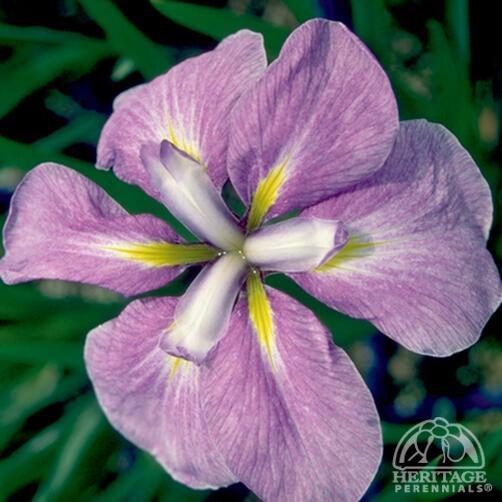Iris ensata maroon-red selection
Plant number: 1.288.200Japanese Iris have been treasured in Japan for centuries, with many excellent hybrids selected over time. They require neutral to acidic soil, and lots of moisture until blooming time is over. Plants will be happy at the waterside, and can even be grown in pots sitting in water. This selection forms a vigorous clump of grassy leaves, bearing large drooping flowers in shades of dusky raspberry-plum to maroon. Great for cutting. This will need to be divided every 3 to 4 years in late summer. Fertilize in spring and again just after flowering is over. CAUTION: Harmful if eaten. Further details for |
Iris ensata maroon-red selection
Plant number: 1.288.200Japanese Iris have been treasured in Japan for centuries, with many excellent hybrids selected over time. They require neutral to acidic soil, and lots of moisture until blooming time is over. Plants will be happy at the waterside, and can even be grown in pots sitting in water. This selection forms a vigorous clump of grassy leaves, bearing large drooping flowers in shades of dusky raspberry-plum to maroon. Great for cutting. This will need to be divided every 3 to 4 years in late summer. Fertilize in spring and again just after flowering is over. CAUTION: Harmful if eaten. Further details for |






